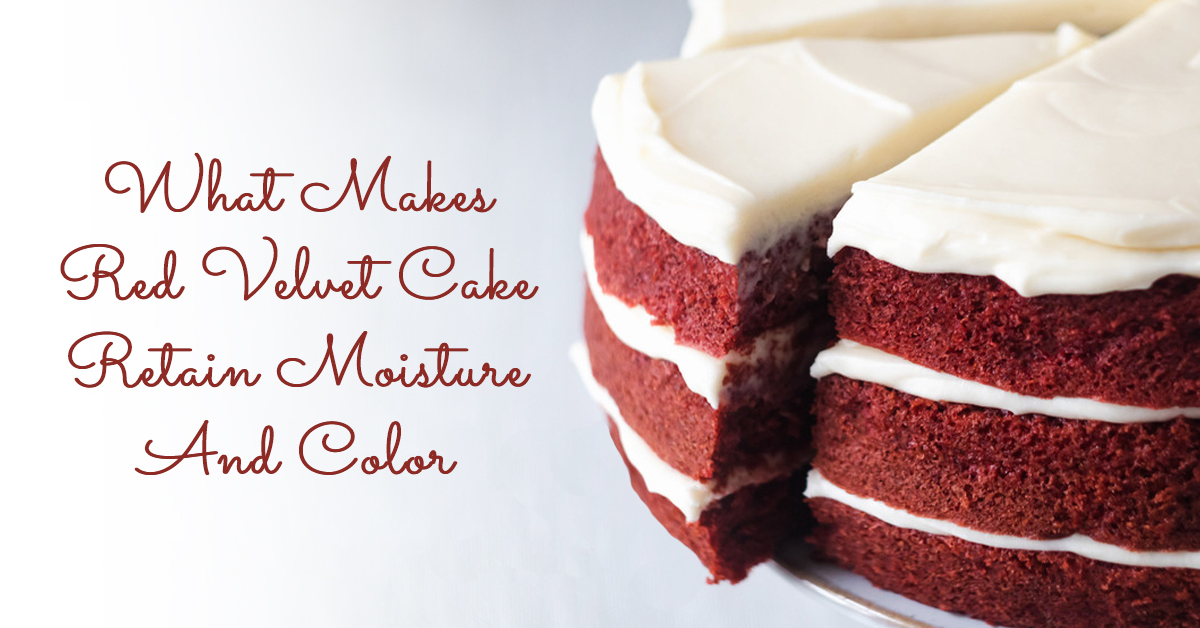Introduction:
Red velvet cake, with its striking crimson hue and moist, velvety texture, has captured the hearts and taste buds of dessert lovers worldwide. But what makes this cake so uniquely delicious and visually appealing? The answer lies in the deep science behind its moisture and color retention. In this blog post by baking classes in Chennai, we’ll delve into the secrets that make red velvet cake a standout favorite in the world of baked goods.
The Role of Ingredients:
To understand why red velvet cake retains moisture and color so well, we must first examine its key ingredients:
1. Cocoa Powder:
Despite its name, red velvet cake isn’t overly chocolatey. However, cocoa powder plays a crucial role in both flavor and color. Dutch-processed cocoa powder, in particular, is often used in red velvet cake recipes because it has been treated with an alkalizing agent, which helps to neutralize its acidity. This enhances the cake’s red color and contributes to its moist texture.
2. Buttermilk:
Buttermilk is another essential ingredient in red velvet cake. Its acidic nature reacts with baking soda in the recipe, producing carbon dioxide gas, which helps the cake rise. Additionally, buttermilk adds tanginess and moisture to the cake, making it tender and flavorful.
3. Vinegar:
Some red velvet cake recipes also include a small amount of vinegar, which further enhances the cake’s acidity. This acidity not only reacts with the baking soda but also helps to intensify the red color of the cocoa powder. Bakery Classes in Chennai teach you all of the basics and advanced steps of baking.
4. Oil:
Unlike traditional butter cakes, red velvet cake often contains vegetable oil, which contributes to its moist and tender crumb. Oil has a higher fat percentage compared to butter, helps to keep the cake moist and prevents it from drying out.
5. Red Food Coloring:
While the cocoa powder provides a reddish-brown tint to the cake, the vibrant red color that we associate with red velvet cake is typically achieved through the addition of red food coloring. This artificial coloring intensifies the cake’s red hue, creating a visually stunning dessert.
Moisture Retention:
One of the defining characteristics of red velvet cake is its moist and tender texture. Several factors contribute to the cake’s ability to retain moisture:
1. Oil:
As mentioned earlier, the use of vegetable oil in red velvet cake recipes helps to keep the cake moist. Unlike butter, which can solidify at normal room temperature, oil remains in liquid form, ensuring that the cake stays tender and moist even after baking.
2. Buttermilk:
The acidity of buttermilk not only reacts with leavening agents to help the cake rise but also contributes to its moisture retention. The proteins and fats present in buttermilk help to tenderize the cake’s crumb, resulting in a moist and velvety texture.
3. Sugar:
Sugar is hygroscopic, meaning it has the ability to attract and retain moisture. The sugar in red velvet cake binds with water molecules, helping to keep the cake moist even after it has been baked.
4. Cream Cheese Frosting:
This is often taken with cream cheese frosting, which adds an additional layer of moisture and richness. The taste of the cream cheese complements the sweetness of the cake, creating a balance of flavors and textures.
Color Retention:
Achieving the iconic red color of red velvet cake requires careful attention to ingredients and techniques. Here’s how the cake maintains its vibrant hue:
1. Cocoa Powder and Acidic Ingredients:
The combination of cocoa powder and ingredients like buttermilk and vinegar helps to enhance the red color of the cake. The acidity of these ingredients reacts with the anthocyanin compounds present in cocoa powder, intensifying its red hue.
2. Red Food Coloring:
While cocoa powder contributes to the cake’s reddish-brown tint, red food coloring is essential for achieving the vibrant red color that is characteristic of red velvet cake. The addition of red food coloring make sure that the cake has a uniform and eye-catching appearance.
3. Baking Technique:
Proper baking technique is crucial for preserving the color of red velvet cake. Over baking can dry out the cake and lose its vibrant color. To prevent this, it’s important to bake the cake until a toothpick that is inserted into the center is out clean, being careful not to overcook it.
Conclusion:
Red velvet cake is more than just a dessert—it’s a culinary masterpiece that combines science and artistry to create a truly indulgent treat. Cake Classes In Chennai help you understand the role of ingredients and techniques in moisture and color retention, you can elevate your red velvet cake baking skills to new heights. Whether you’re enjoying a slice on a special occasion or simply craving a decadent treat, red velvet cake never fails to delight the senses with its rich flavor, moist texture, and stunning appearance.


